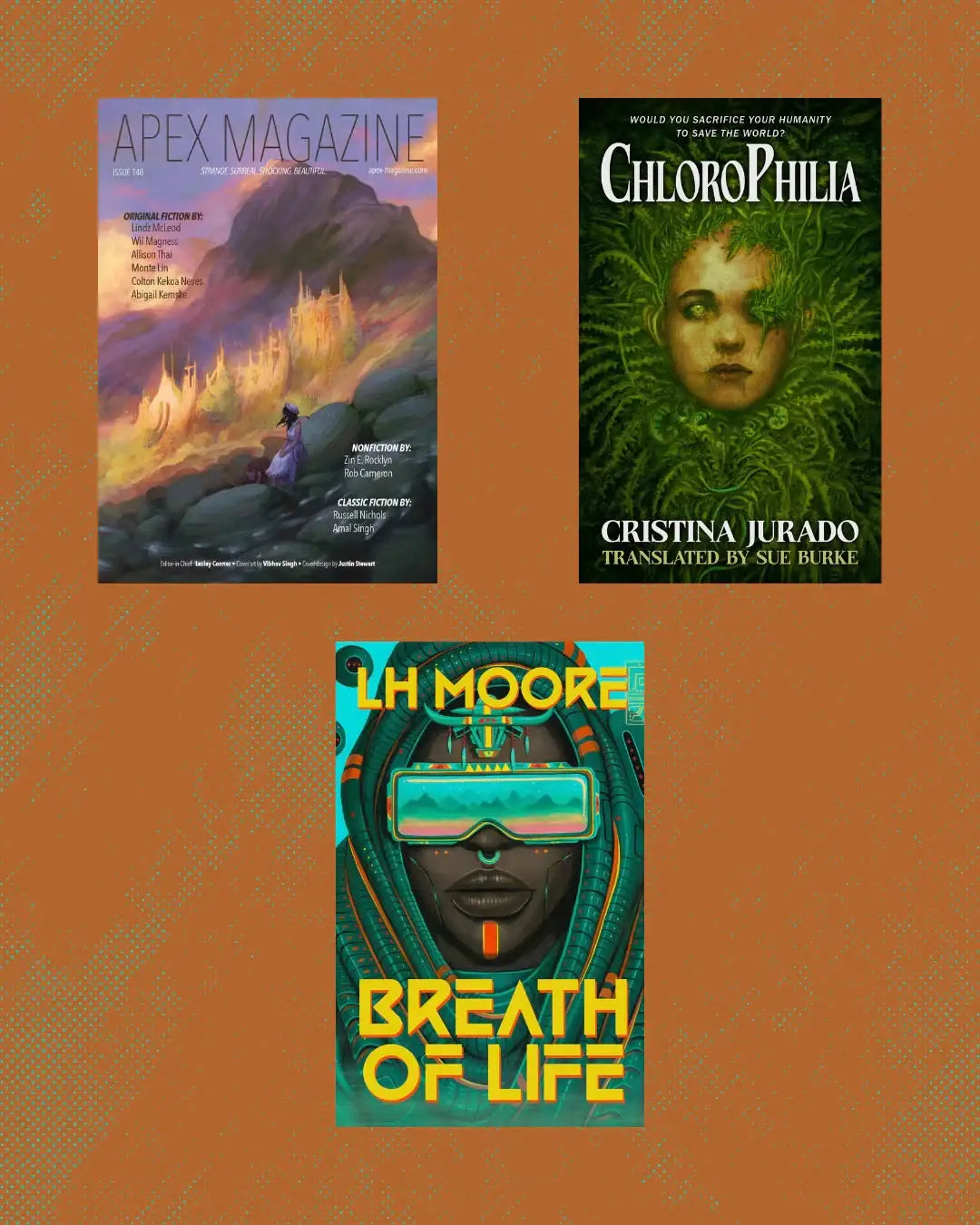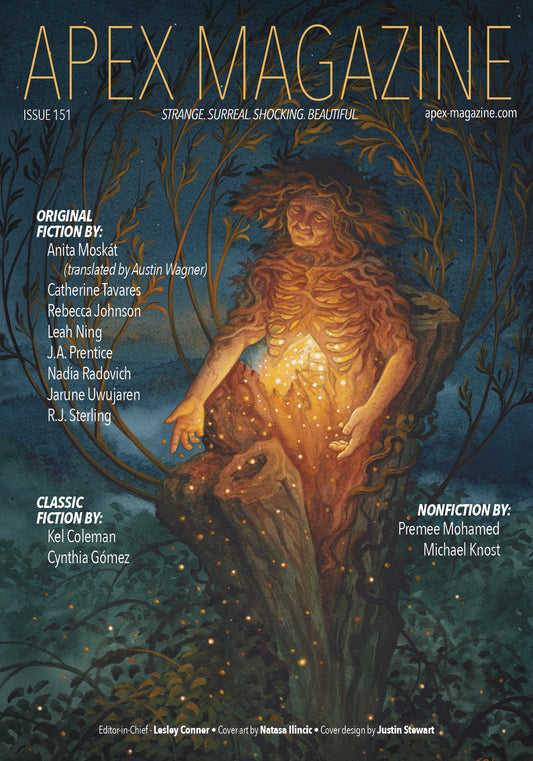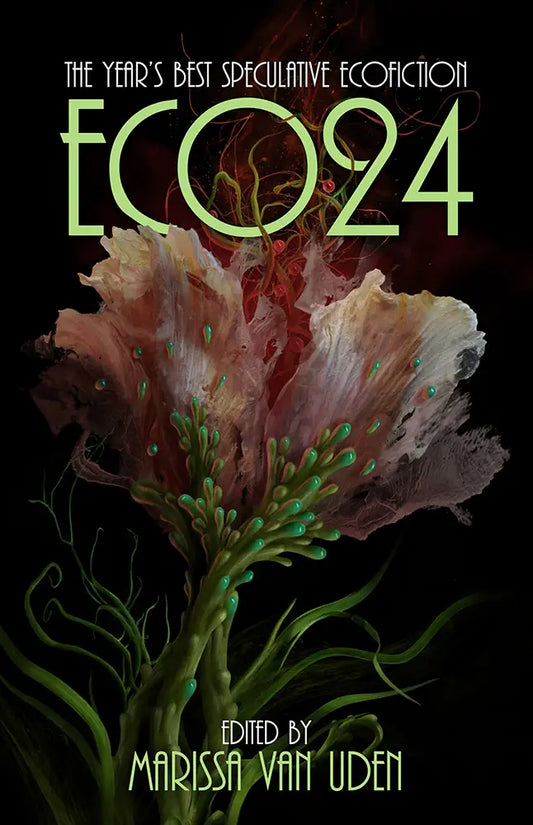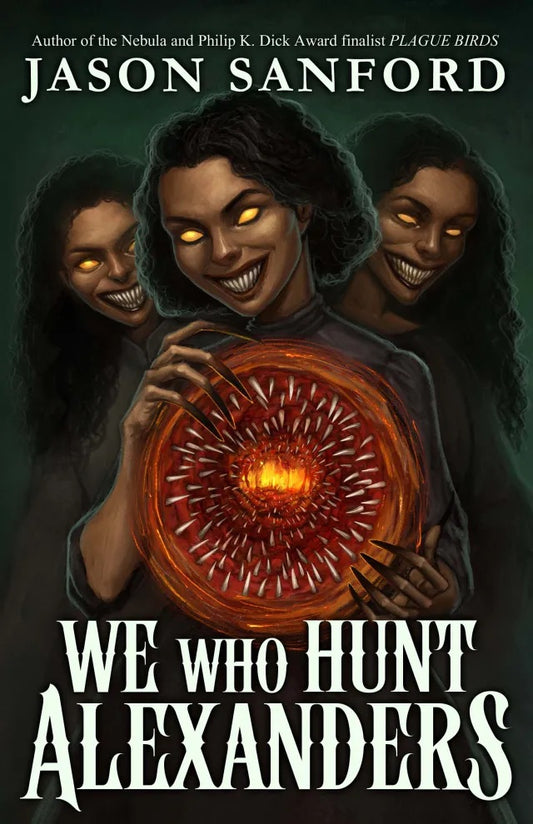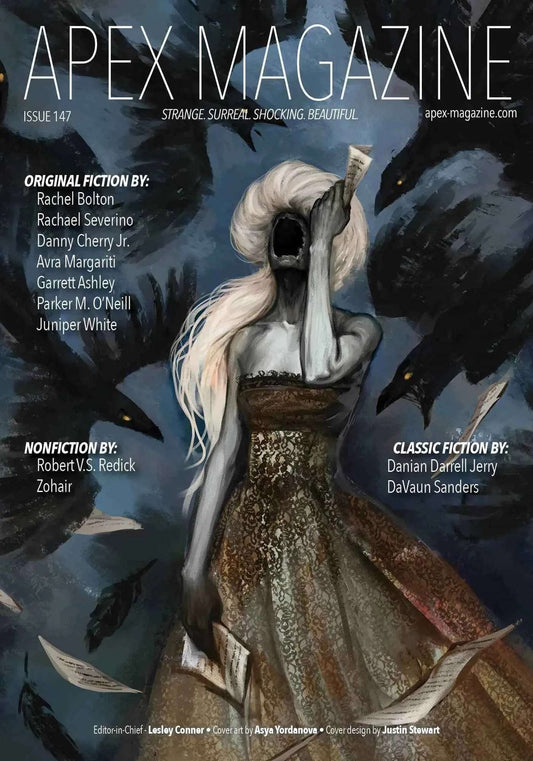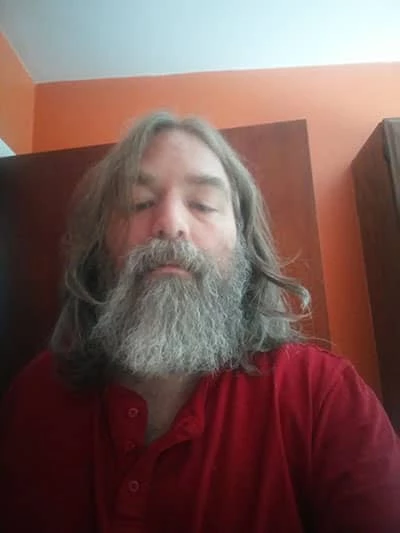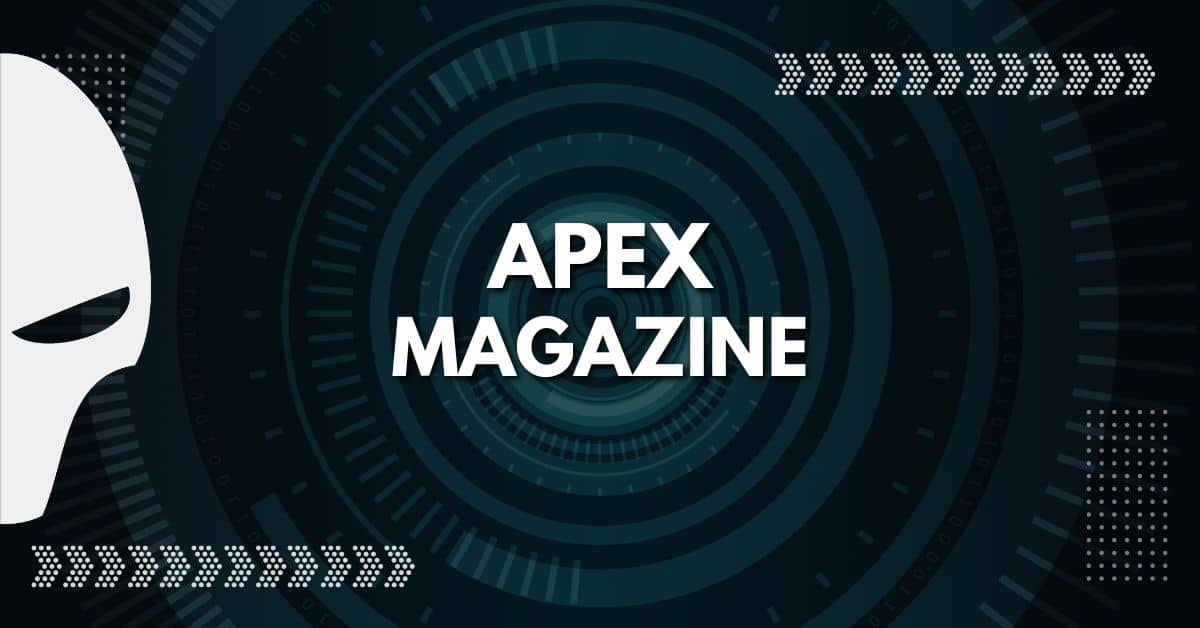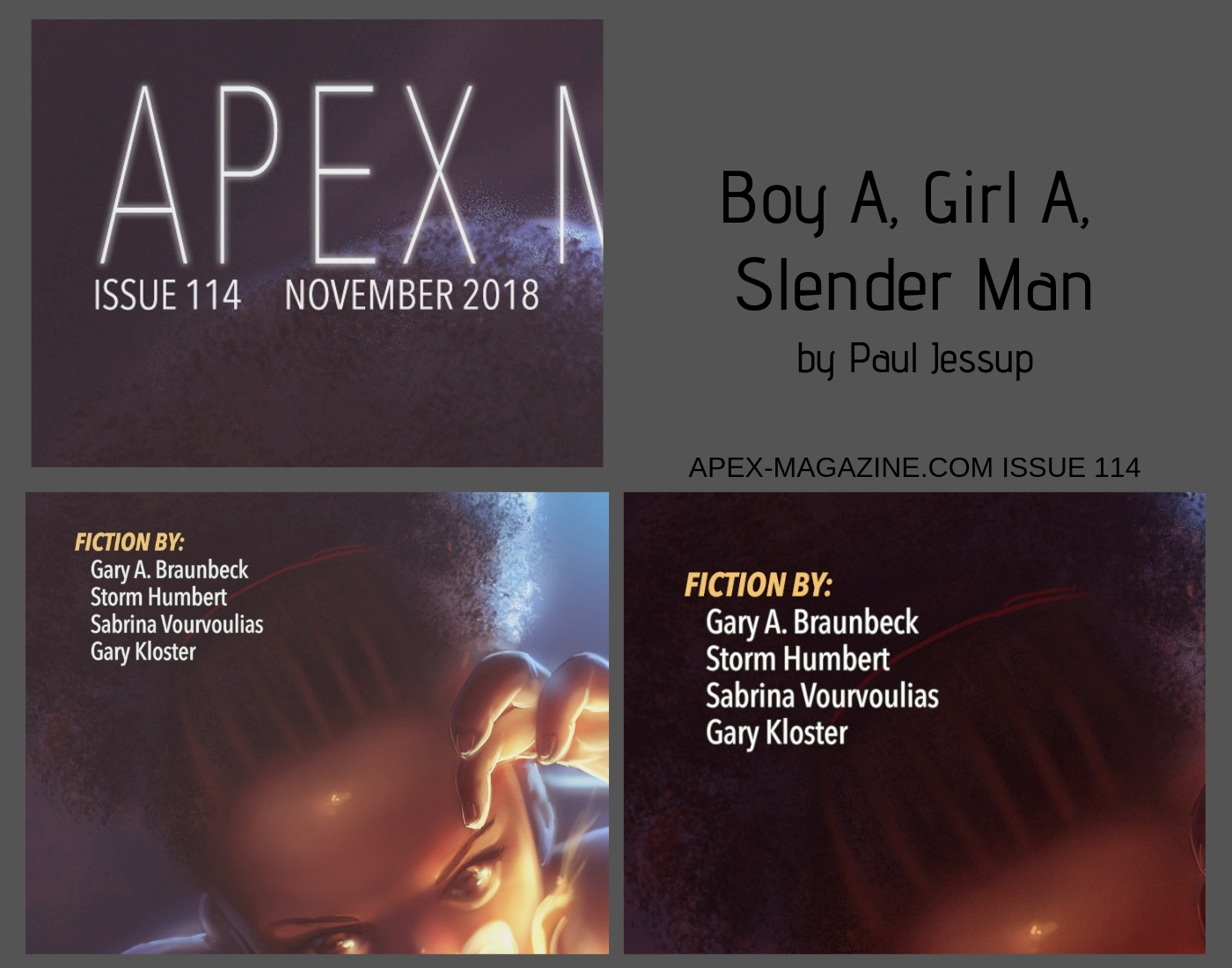
How Some Children Played at Slaughtering
It’s like poking at an open wound. Every time I read about it, every time I return to it, over and over and over again, I can feel that pain well up. Emotional pain so strong it’s almost physical, you know? And it’s gotten worse since I’ve had kids. I didn’t seek these stories out, at first. They were fed to me on social media, and I would cringe, and yet look. Yet, always, always, I would look. Children being cruel. Children torturing and murdering other children.
Some days, I just ignore such things and move on with my life, as if the world is a better place. As if such things don’t exist in the horrible corners of the universe. And yet, other days I return to it over and over and over again. Like picking at a scab, like poking at a wound. The hurt is there, the pain wells up. Yet, I can’t stop. Why can’t I stop going to it?
Some kind of a dark appeal to it all. I want to think of the world as a good place, and yet. And yet. Here is proof that it is anything but good. And I think about what this has to do with horror, and horror fiction, and dark fiction in general. What is the relationship, here, with the picking of the scab? With the horrible wound that reality shows us and how it relates to horror fiction as a genre?
Let’s peel the bandage back. Let’s poke around inside and dig under the skin and against the bone. Let’s see if there is anything to it at all, or if we’re just twisted people living in a dark and twisted world, surviving our little nihilistic lives as best as we can. Entertaining that darkness within, that blaring, primal beast that makes horrors out of humanity.
Here, let me show you what wounds me.
§
Maybe it all started long ago, as a kind of small-town public school all overrun with a special kind of bully. The kind of bullies who became less of a problem the older I got because they all went to juvie, and a few even served hard time in prison. These were the Lord of the Flies kind of kids. The kind that put out lit cigarettes on your arm, on the playground. The kind that threw rocks at you just because. No other reason, just because they could.
The kind of bullies that brag about skinning cats and leaving the corpses in their lockers until the smell got too bad. And I think about how those bullies made me feel, a strange kind of anger and rage and darkness and I remember those feelings. It brought out a violence inside of me. I had a good home-life, yes. But they woke a darkness that wasn’t there before.
And so, I think. Maybe. Maybe I would’ve killed them if I had the chance. Maybe they would’ve killed me. I think about it, and I remember it, and it feels so abstract. Yet I have notebooks full of those same horrible ideas. I would visit such awful things on them, and I guess that was my way of getting these things out of my blood. To drain the hate and anger out of me.
Horror fiction as a way of stitching up those ones, staunching the flow and making sure I don’t bleed to death. Horror fiction that I wrote back then, which led to scars. Something that, maybe, helped me stay alive, as well as kept me from becoming a tragedy myself.
And maybe that’s why I turn to all these news articles almost daily. Returning to the same ones over and over again, and the horrors that’d happened. I remember those kinds of bullies. Break your arms and kill your dog kind of bullies. And I remember how they made me feel, and how I wrote about them being devoured alive by darkness.
Did horror save me from becoming like them? Are these news articles I keep returning to the promises of what could have been? Had everything gone so much worse …
Then again, there’s another side to all of this, isn’t there? Sometimes horror fiction saves. And sometimes, it turns us inside out and makes killers out of children.
§
Girl A is a good example of this. In Japan, a minor’s name can’t be released when they commit a crime, so they get a moniker like Girl A or Boy A. The one in particular I’m thinking of is the Sasebo Slashing. Online, through countless memes, she’s called Nevada-Tan.
This is a wound, for certain. Every time I start reading about it, I can feel that pain well up. A singular, solitary classroom. Completely empty except for two girls and a box cutter. The box cutter is used to slice a throat, and then the living girl walks back to her class and sits right down in her assigned seat, still covered in warm blood.
She says it’s not her blood. Later, reasons are given, such as the Red Room game and her watching Battle Royale and becoming obsessed. Horror fiction not healing but making wounds, in reality. She apologies, says she’s sorry over and over again. Like the truth of it all didn’t exist until the neck was slit and it was too late. She sounds remorseful and terrified, and can you remember what it was like to be eleven years old?
And maybe, in a moment of rage, you acted out without thinking? And what would it be like if death happened then? If you caused a murder and nothing else? What then? This wound I poke at a lot, remembering my own time at that age, and what would it be like? To go through life after that knowing you killed someone? At that age? Someone who was a friend?
§
And then there is Boy A, which all started with a severed head of an eight-year-old left right outside of a gate at school. In his mouth was shoved a piece of paper, threatening to kill more again and again. That he was full of rage, and that he wanted to be seen. To be real and visible. The note read like something a child would write while playing a game of serial killer. Like what is expected to be said, and not an actual true thing. And he killed again and again until he was finally caught, saying his victims were vegetables of all things.
Reading his note makes you realize how young he was at the time. Was it a game? Was it make-believe that went too far? Was he pretending to be a serial killer, maybe aping something he read or saw on television? And then the play turned real? Much like “How the Children Played at Slaughtering” … but we’ll get to that in a bit. We have one more wound to open, one more festering sore to poke at. To maybe cauterize and scar shut by talking about it, discussing it, and somehow processing it. Much like how horror fiction can help us process it all.
§
You’ve probably heard about that attempted murder, I know, it’s been all over the place. That Creepy Pasta-inspired Slender Man killing. Three girls, a slumber party, and a knife. One had just turned twelve, and it was the day after her birthday when they decided to sacrifice their friend to Slender Man.
Don’t think about this, now, like a rational adult. Think about this, instead, like an eleven- or twelve-year-old little girl. A child who was friendless, and needy, and hated being weird and alone in the world. And then? Hey. You meet people who think and act just as strange as you do. You play pretend, and it’s wild and insane.
And at some point, one of your friends becomes obsessed. Not just with Creepy Pasta, but with one that feels like it could be real. Imagine that time, when you haven’t actually crossed over to puberty just yet and you still play act at everything in an attempt to process and understand the world around you. And one of your friends might have early-onset schizophrenia, or somehow, someway, the two of you start becoming convinced that not only is Slender Man real, but he can save you and you can live forever. And if you don’t? He would come and murder your family.
Did each girl believe, truly believe? Did they have to? Sometimes we go along with our friends, we play along and try to be interested in what they’re interested in. Sometimes their delusions become our delusions. Especially at that age, when play is important, and the whole world feels hallucinatory and out of control.
Go ahead, watch the documentary. I dare you. Watch it and see kids swept up into something that devoured them. A game, based on horror fiction, that turned into something real. They seem like lost kids, in shock and uncertain, when they’re interviewed. Somehow, they’re not sure what they’ve done. They keep asking about their friend. Is it concern? Is it confusion?
And what did they say, right before the knife came down? I’m sorry, I’m sorry, I’m sorry. Like the Sasebo Slashing. I’m sorry. This wound is deep; yes, the sacrifice survived, but they all have to live with the fact that this happened. That the knife went in multiple times. That she crawled over and begged for help when they left her for dead. That her last words to them were I trusted you.
She didn’t want to go play hide and seek. She knew there was something wrong in the air. It’s hard not to hear this and feel pain. Pain on both sides. Pain that happens when the children play at slaughtering.
§
There’s an old Grimm’s folklore called “How Some Children Played at Slaughtering.” It’s got two variants; both are equally painful. One reads like a news report. It’s simple, short, and quick. Two sons of a butcher are playing butcher shop. One’s a pig, the other’s a butcher. The one boy slits the pig boy’s throat, blood comes out, and it’s awful. The mom sees what happened, and in wailing grief, she stabs the other boy in the heart and then kills herself. The father comes home to the whole scene, and eventually dies of sadness.
In the second version, it takes on a kind of mythic rhythm. There are multiple children, each with a duty. One to hold the bowl, the other a cook’s assistance, etc., etc. Each assigning an archetype, with one boy being the butcher. The butcher boy slices the pig boy’s throat, and the blood drips into the bowl. This game feels more like a ritual sacrifice.
The boy is eventually arrested for murder. The judge doesn’t know what to do; they’ve never had a case like this before. He holds out an apple and a gold coin. The boy laughs, takes the apple, and the Judge lets him go free.
The second version sounds like a pagan ritual hidden as a story, passed down as folklore throughout the ages. The first? Sounds like the rest of what we’ve read about in the past. A bunch of kids playing a game, and the game gets out of hand, and someone dies. And they have to live with the sorrow that comes with it.
Do either versions of these versions help us through the pain of reading them? I don’t know for certain, but I’d like to think so. That, in the least, they show us that this is a risk in existence, that it’s been happening since way-back-when a long time ago. That, somehow, being human and taking in the fiction of our world, we enact the horrors we digest.
And to see how it’s always been with us, there is a comfort to it. Not a great comfort, mind you. It’s just knowing that the madness of our world isn’t new or bright or unique. That it’s always been with us, and that somehow, this dark fiction can help us turn our wounds into scars. But it can also, in a way, help others cause wounds in the real world.
